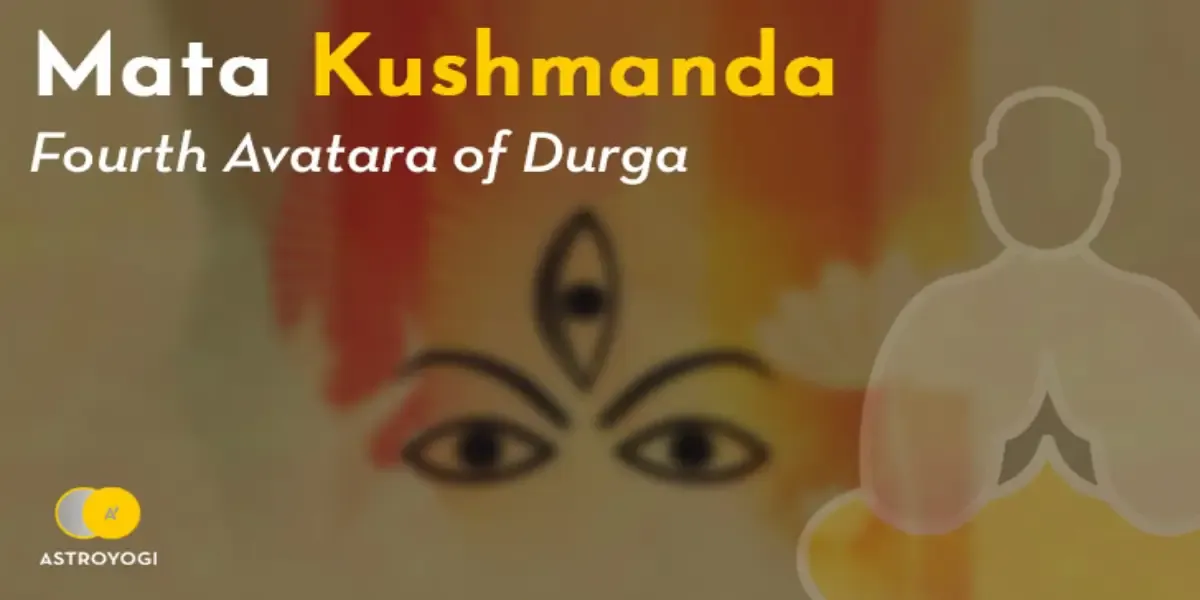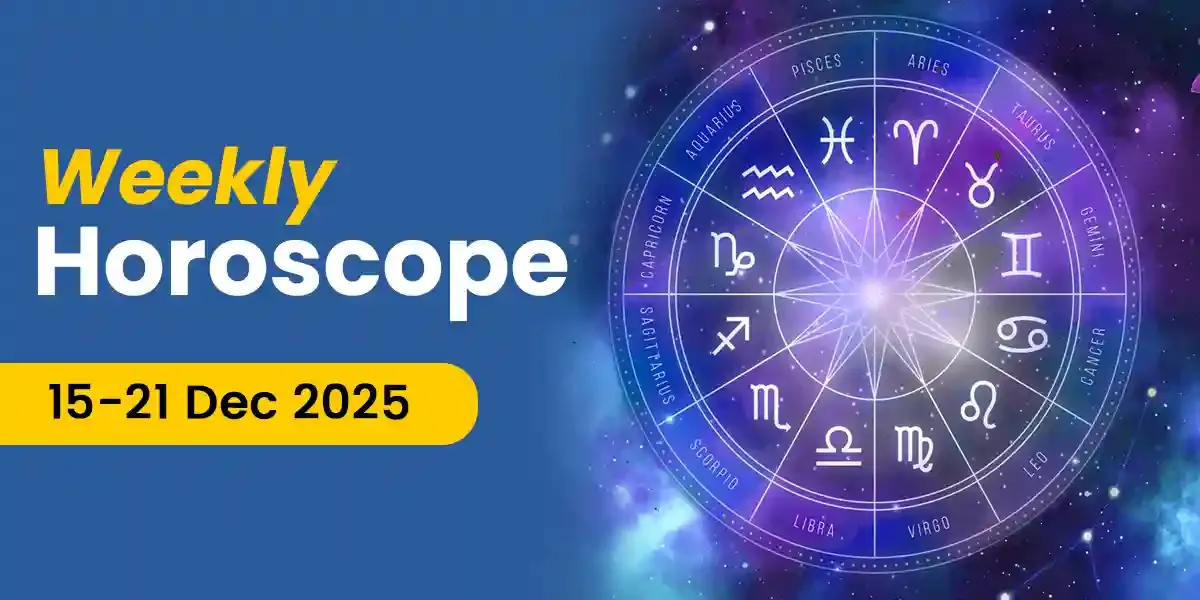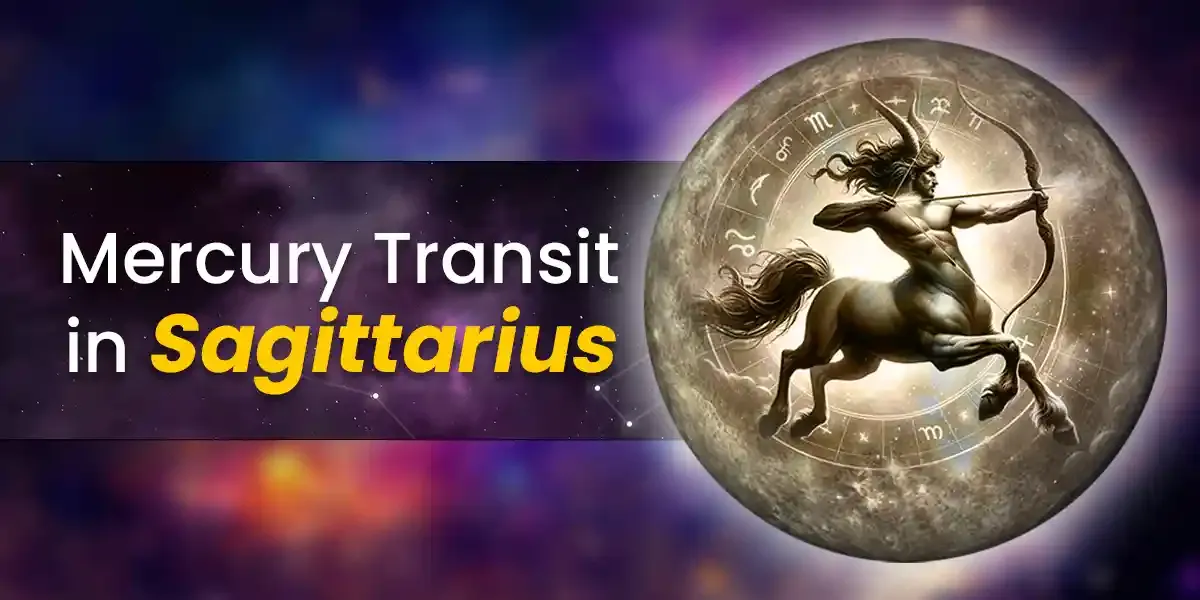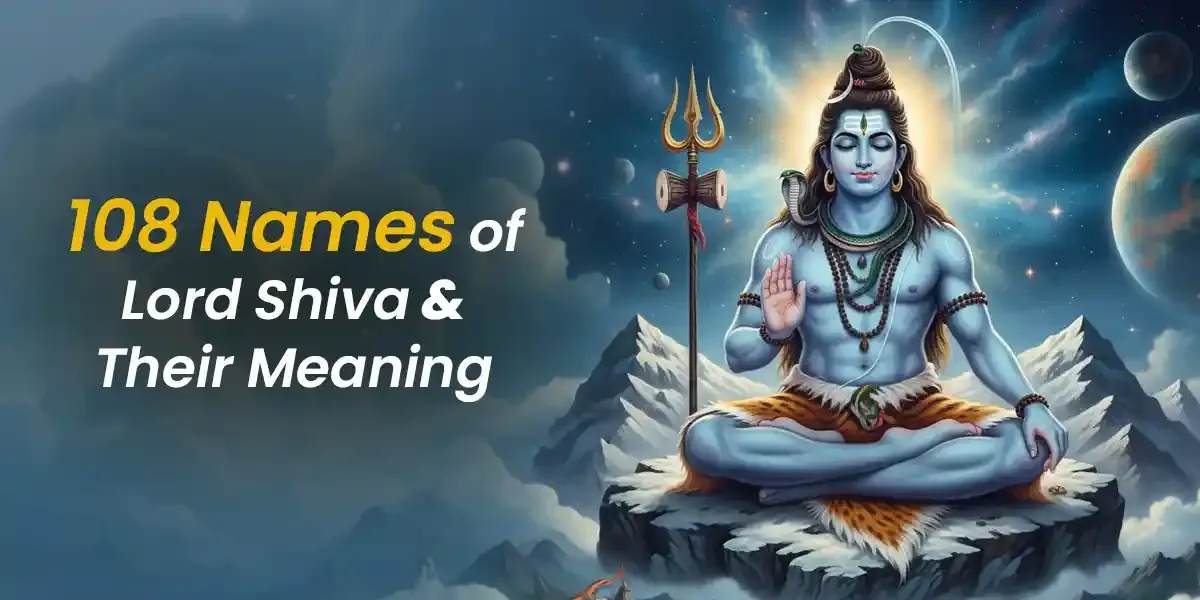
On the 4th day of Navratri, the cosmic goddess Maa Kushmanda is venerated. The significance of this day is deeply rooted in her association with the creation of the universe, often symbolized as a small cosmic egg, or "Anda." Let's dive deeper into the connection between the celestial body Chandra (Moon) and the rituals observed during this auspicious time, as well as the importance of Maa Kushmanda's worship.
What is the significance of Chandra (Moon) during Navratri?
Chandra, or the Moon, is closely linked with human emotions, intuition, and mental well-being in Vedic astrology. Its energy influences our minds, affecting our moods, thoughts, and emotional states. On the fourth day of Navratri, when Maa Kushmanda is worshipped, Chandra's calming and soothing qualities are especially honored. This connection with the Moon is symbolic of the balance Maa Kushmanda brings into the lives of her devotees by granting them clarity, peace, and emotional stability.
Who is Maa Kushmanda, and why is she worshipped on the 4th day of Navratri?
Maa Kushmanda is worshipped on the 4th day of Navratri because she represents the cosmic force that created the universe. Her name is derived from three words: Ku meaning "little," Ushma meaning "warmth," and Anda meaning "egg." This signifies the small, warm cosmic egg that she created, which eventually expanded into the universe as we know it. Her smile is said to have given life to the universe, and she radiates brightness and energy.
Maa Kushmanda is depicted with eight arms, holding a Kamandalu, Gada (mace), Chakra (discus), Dhanush (bow), lotus flowers, and other sacred items. Riding a lion, she also symbolizes courage and strength, which devotees draw from her during this time.
What are the key rituals of Maa Kushmanda's worship?
The rituals of worshipping Goddess Kushmanda on the 4th day of Navratri are simple yet profound. Below is a brief guide on how to conduct her puja:
Kalash Sthapana (Establishing the sacred pot): Start by placing a Kalash and performing prayers to your Ishta Devta (personal deity) and other gods and goddesses.
Offerings: Present Kushmanda Maa with flowers, coconut, fruits, milk, sindoor, dhoop, and adorn her idol or picture with jewelry.
Puja and Aarti: Chant mantras and perform aarti to seek her blessings. Distribute prasad among family members.
Meditation and Mantra Chanting: Chanting her specific mantra helps align with her divine energy:
Mantra:
"Ya Devi sarvabhuteshu Ma Kushmanda Rupena Samsthita
Namastasyai Namastasyai Namastasyai Namo Namah"
This mantra invokes her blessings as the embodiment of universal power, peace, and motherhood.
What is the Aarti of Maa Kushmanda?
Here is a traditional aarti dedicated to Maa Kushmanda, which is sung during her worship:
"Jai Ambe Kushmanda Mata,
Jai Jagat Ke Veer Vidhata.
Tum Ho Jagan Ki Palanhar,
Tum Ho Mangal Karni Maa.
Jai Ambe, Jai Ambe, Jai Ambe, Kushmanda Maa.*Hast Kamandalu Aur Chakra Viraje,
Dhanush Baan Aur Padma Saaje.
Devi Tum Ho Jag Ki Data,
Dukhiyo Ki Tum Paalanhara.
Jai Ambe, Jai Ambe, Jai Ambe, Kushmanda Maa.Nav Durga Mein Chaturthi Naam,
Sukh Sampatti Sab Paave Daan.
Chandra Ghant Se Tum Viraje,
Bhakto Ke Dukh Sab Tum Haare. Chorus:
Jai Ambe, Jai Ambe, Jai Ambe, Kushmanda Maa."
This aarti celebrates Maa Kushmanda as the mother of the universe and invokes her blessings to remove sorrows and bestow peace and prosperity upon her devotees.
What is the Mantra Associated with Maa Kushmanda?
The primary mantra chanted on the 4th day is:
"Vande Vanchit Kamarth Chandraghkrit Shekharam
Sinhruda Ashtabhuja Kushmanda Yashswanim
Bhaswar Bhanu Nibha Anahat Stihta Chaturth Durga Trinetraam..."
This mantra extols the virtues of Kushmanda Mata, who grants boons and fulfills wishes. The devotee, by chanting this mantra, seeks her guidance and protection throughout the Navratri period and beyond.
The Divine Story of Maa Kushmanda
According to Hindu mythology, before the universe came into existence, there was total darkness. Then came Maa Kushmanda, who smiled and created the universe in the form of a small cosmic egg. With her radiant energy, she spread light throughout the cosmos, marking the beginning of creation.
Maa Kushmanda’s creation also includes the birth of time, space, planets, and living beings. Her boundless energy gave life to the stars and planets, with the Sun as her primary source of power. As the creator, she is revered for her infinite strength and capacity to bring light, warmth, and harmony to the universe.
Why is Maa Kushmanda's worship significant?
Maa Kushmanda is worshipped to bring light, clarity, and peace into one's life. Just as the Moon (Chandra) illuminates the night sky, Maa Kushmanda brightens the lives of her devotees, helping them overcome darkness, confusion, and ignorance. Her blessings are believed to bring strength, courage, and emotional stability to those who seek her.
Moreover, her worship is said to aid in the removal of negative energy, and she helps her followers overcome challenges with grace and ease. She also grants wisdom and spiritual insight, enabling her devotees to embark on a path of self-realization and inner peace.
What is the significance of the 4th day of Navratri?
The 4th day of Navratri, also known as Chaturthi, marks the worship of Maa Kushmanda. This day is crucial because it symbolizes the creation and sustenance of life. Devotees pray for her blessings to overcome fear, gain clarity, and attain peace of mind. It is a day of rejuvenation, both mentally and spiritually, as her energy helps remove negative emotions and thoughts.
Conclusion
The worship of Maa Kushmanda on the 4th day of Navratri is a profound spiritual experience that aligns the devotee with the creative energy of the universe. As Chandra (the Moon) governs emotions and mental well-being, this day provides an opportunity for individuals to cleanse their minds, seek clarity, and invite positivity into their lives. Through the proper rituals, mantras, and offerings, devotees can receive Maa Kushmanda's divine blessings, leading to a more peaceful, fulfilling life.
Our in-house team of writers comprises of vibrant, like-minded, and curious souls who are passionate about helping people find joy and motivation through the magic of words. Our writers are keen on using their skills to make the study of divination sciences a guiding tool in people's lives. They hold expertise in writing on a myriad of topics related to Indian Astrology, Spirituality, Planetary Movements, Vastu Shastra, Numerology, and Tarot among several others. The Astroyogi team aims to write articles that can help the readers lead a life of peace and tranquility whilst enjoying the many ups and downs of life!



































